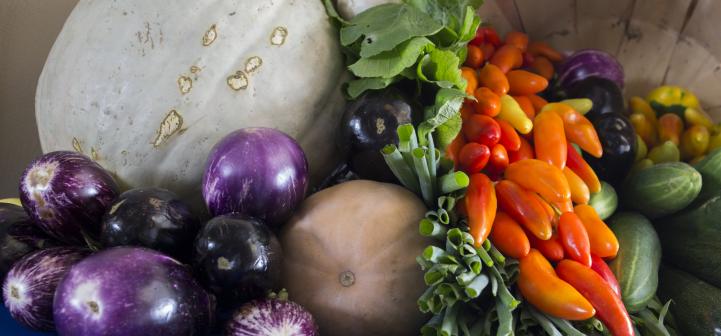
Interested in buying local products for your cafeterias but unsure where to start? Try a few of these tips so get the ball rolling for a Farm to School program in your district.
What is your school district already buying locally?
If you don’t know, talk to your distributor, as the customer, you are allowed to ask these questions. Don’t be shy. Inform parents, students, and community members when you are serving local produce. Students love to know when cafeteria meals incorporate local products. The word local is yours to define as a school district.
What other initiatives are already happening in your state?
Is there a distributor that only sells local produce? A dairy farmer that is already selling milk to another school district? Networking within the state is a great way to find out about Farm to School programs that have worked well nearby. Neighboring states might have some good pointers about how they were able to overcome common Farm to School barriers. Becoming a part of the National Farm to School Network is another way to meet individuals already engaged in these efforts.
Think about seasonality.
When buying local, it is important to keep in mind the growing season in your state. Not all fruits and vegetables will be available the entire year. For instance, you probably use tomatoes in your salads all year, but try to find out if there is a peak month that tomatoes grow in your state. When produce is in season, and especially towards the end of the season, school districts can get the best pricing of the year.
Work with your local extension office.
Extension agents have a good relationship with local farmers and might be able to point you in the direction of the farmers that most closely meet your needs. They may even help facilitate meetings between you and interested producers. Forming relationships with farmers and inviting them for special “Meet the Farmer” days at school is a step towards build a robust Farm to School program.
Learn the language.
Both farmers and cafeterias have a detailed understanding of food safety, but farms and kitchens focus on different practices. Be ready to ask questions about anything you do not understand. Also, try and become familiar with the language of produce. Produce is sorted based on different classifications of size and quality. If you are going to chop up peppers to put in a salsa anyway, you might be able to get a better price on peppers that have small (but perfectly safe) cosmetic flaws. Produce Safety University has resources and educational sessions that address food safety and the handling of produce.
There is more than one way to procure locally:
- Opportunity Buys
- Formal Bid
- Direct purchasing from farmer or farmer co-op
- Purchasing through a distributor
- Cooperative purchasing between districts
- Growing produce on site at a school garden
Beth Owens, MAg, University of Florida/IFAS Extension
